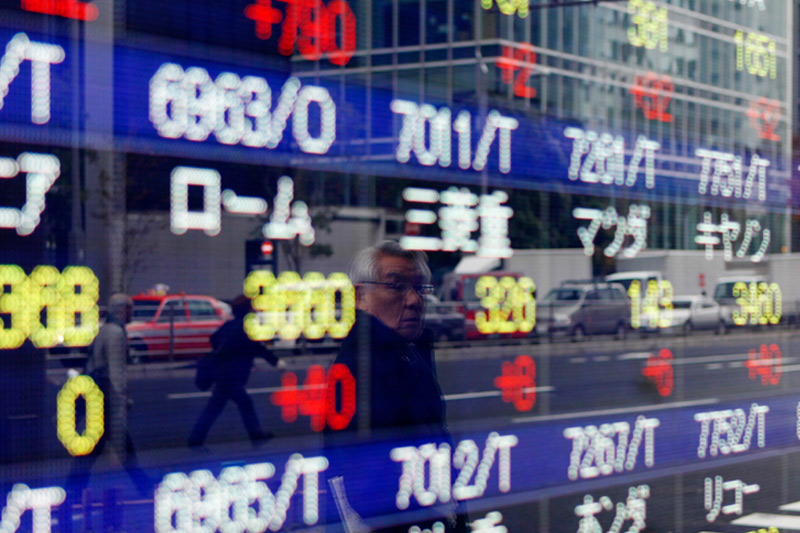Investing.com - The Australian dollar is trading higher against its U.S. rival in Thursday’s Asian session following the release of a pair of tepid economic data points from down under.
In Asian trading Thursday, AUD/USD is higher by 0.43% at 1.0278 having bounced off two-and-a-half month lows seen during Wednesday’s U.S. session. The pair was likely to find support at 1.0185, the low of October 10 and resistance at 1.0268, the high of October 15.
Earlier today, the Reserve Bank of Australia said that Australian private sector credit increased by 0.2% in January after a 0.4% increase in December. Analysts expected a January rise of 0.3%.
In another report, the Australian Bureau of Statistics said that Australian private new capital expenditure fell to a seasonally adjusted rate of -1.2% in the fourth quarter from 1.1% in third quarter. The third-quarter reading was revised down from 2.8%. Analysts expected a fourth-quarter increase of 1%.
Still, some market participants said the spending report was not bad enough to spur RBA to cut interest rates at its meeting next week. In recent days, various RBA members have made comments implying that another interest rate cut and intervention in the currency markets are unlikely near-term scenarios.
Despite those comments, RBA released data earlier today that showed the Aussie was overvalued by as much as 15% late last year. In the research, RBA did not the strong dollar was not facilitating serious contraction in the world’s 12th-largest economy.
Meanwhile, RBA said as many as 34 global central banks hold Australian dollars with new additions to that list possibly including China, France, India, South Korea, Thailand and South Africa. The Aussie has been the best-performing developed market currency against the greenback since 2008.
Elsewhere, AUD/JPY jumped 0.57% to 94.93 while EUR/AUD fell 0.35% to 1.2791. AUD/NZD rose 0.03% to 1.2364.
In Asian trading Thursday, AUD/USD is higher by 0.43% at 1.0278 having bounced off two-and-a-half month lows seen during Wednesday’s U.S. session. The pair was likely to find support at 1.0185, the low of October 10 and resistance at 1.0268, the high of October 15.
Earlier today, the Reserve Bank of Australia said that Australian private sector credit increased by 0.2% in January after a 0.4% increase in December. Analysts expected a January rise of 0.3%.
In another report, the Australian Bureau of Statistics said that Australian private new capital expenditure fell to a seasonally adjusted rate of -1.2% in the fourth quarter from 1.1% in third quarter. The third-quarter reading was revised down from 2.8%. Analysts expected a fourth-quarter increase of 1%.
Still, some market participants said the spending report was not bad enough to spur RBA to cut interest rates at its meeting next week. In recent days, various RBA members have made comments implying that another interest rate cut and intervention in the currency markets are unlikely near-term scenarios.
Despite those comments, RBA released data earlier today that showed the Aussie was overvalued by as much as 15% late last year. In the research, RBA did not the strong dollar was not facilitating serious contraction in the world’s 12th-largest economy.
Meanwhile, RBA said as many as 34 global central banks hold Australian dollars with new additions to that list possibly including China, France, India, South Korea, Thailand and South Africa. The Aussie has been the best-performing developed market currency against the greenback since 2008.
Elsewhere, AUD/JPY jumped 0.57% to 94.93 while EUR/AUD fell 0.35% to 1.2791. AUD/NZD rose 0.03% to 1.2364.
